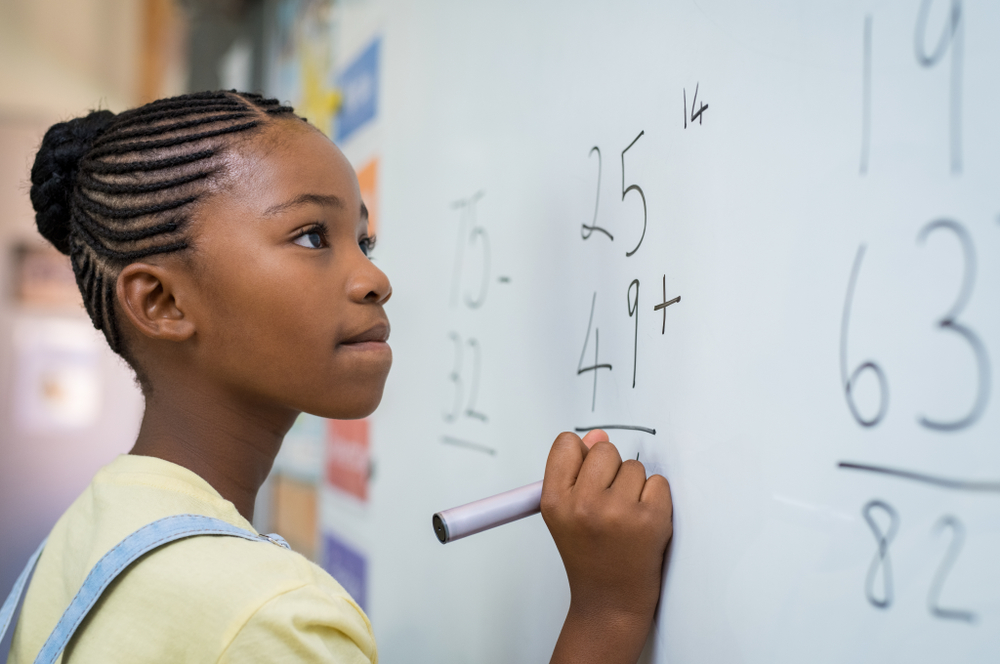Letter Tracing Alphabet Worksheets for Ages 3-9
8 filtered results
-
From - To
Discover our engaging Letter Tracing Alphabet Worksheets, specially designed for children aged 3 to 9, to enhance fine motor skills and early literacy. These fun, interactive worksheets feature both uppercase and lowercase letters, providing a perfect blend of learning and play. Kids will love tracing each letter while developing essential writing skills, improving letter recognition, and boosting confidence. Our worksheets cater to various skill levels, allowing children to progress at their own pace. Ideal for home or classroom use, these resources support a love for learning while ensuring your child is well-prepared for future academic success. Download yours today!
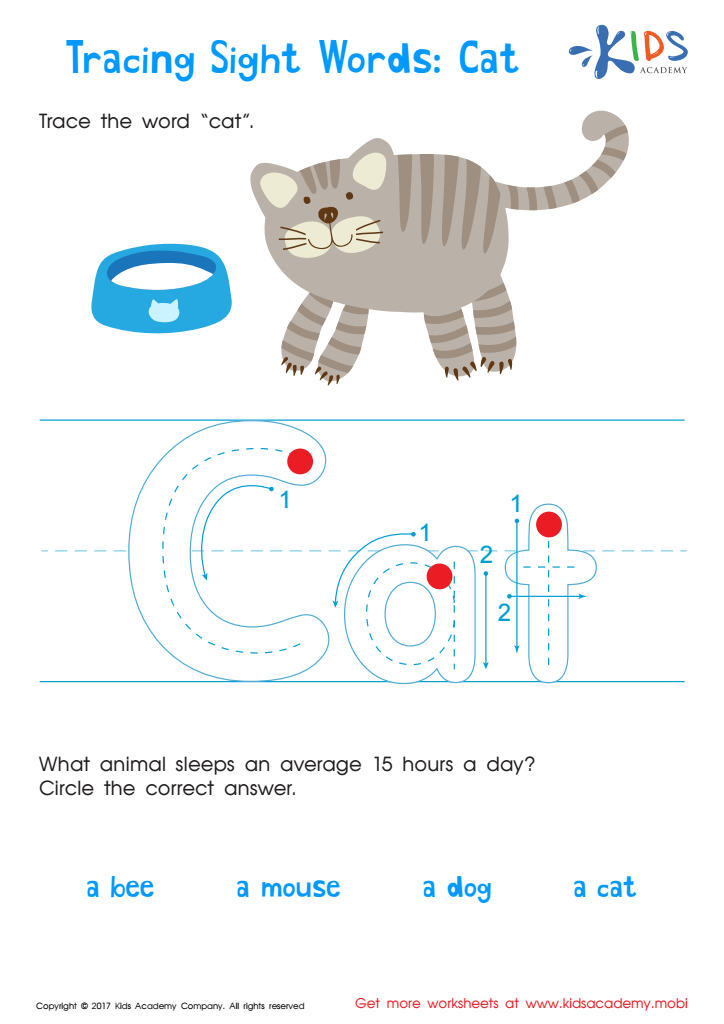

Cat Printable Sight Words Worksheet
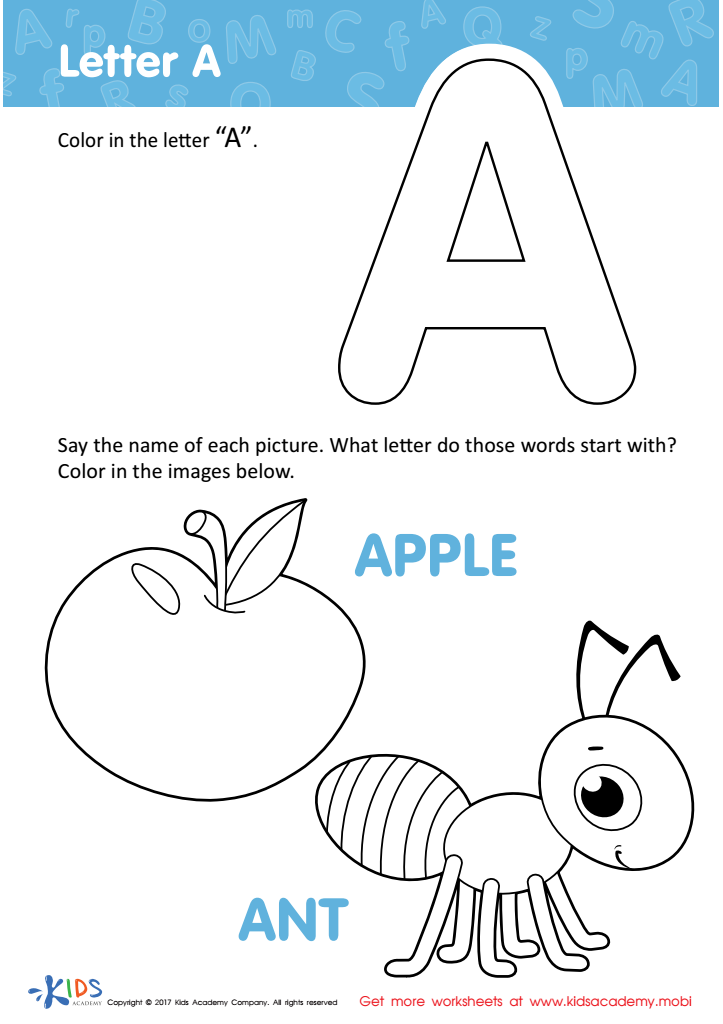

Letter A Coloring Sheet


Letter V Coloring Sheet


Letter D Coloring Sheet
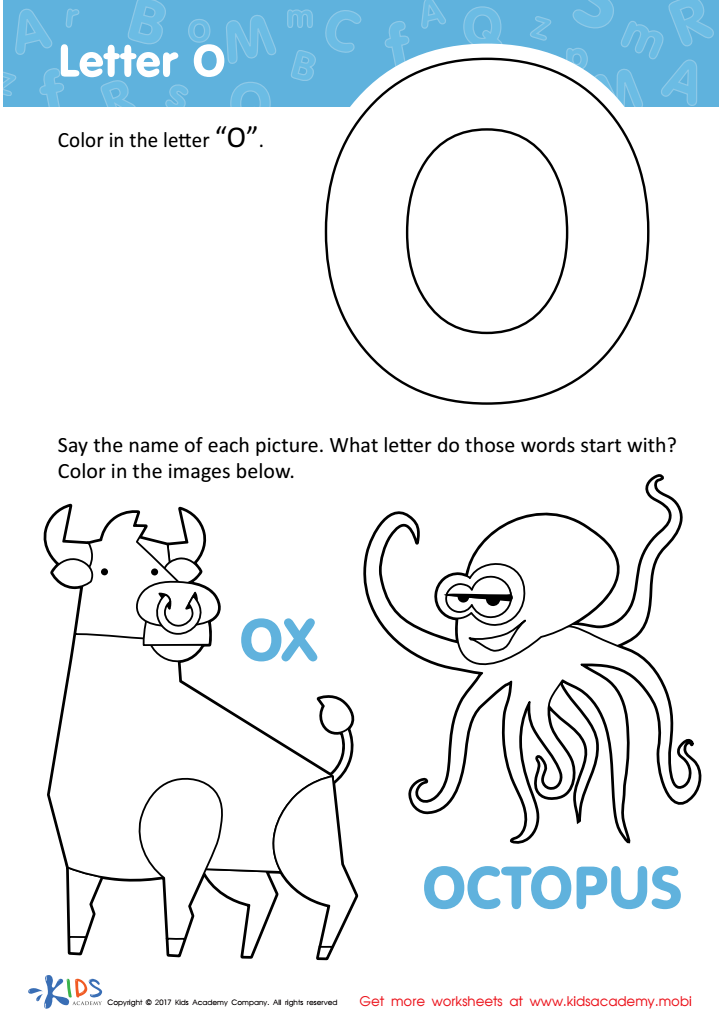

Letter O Coloring Sheet
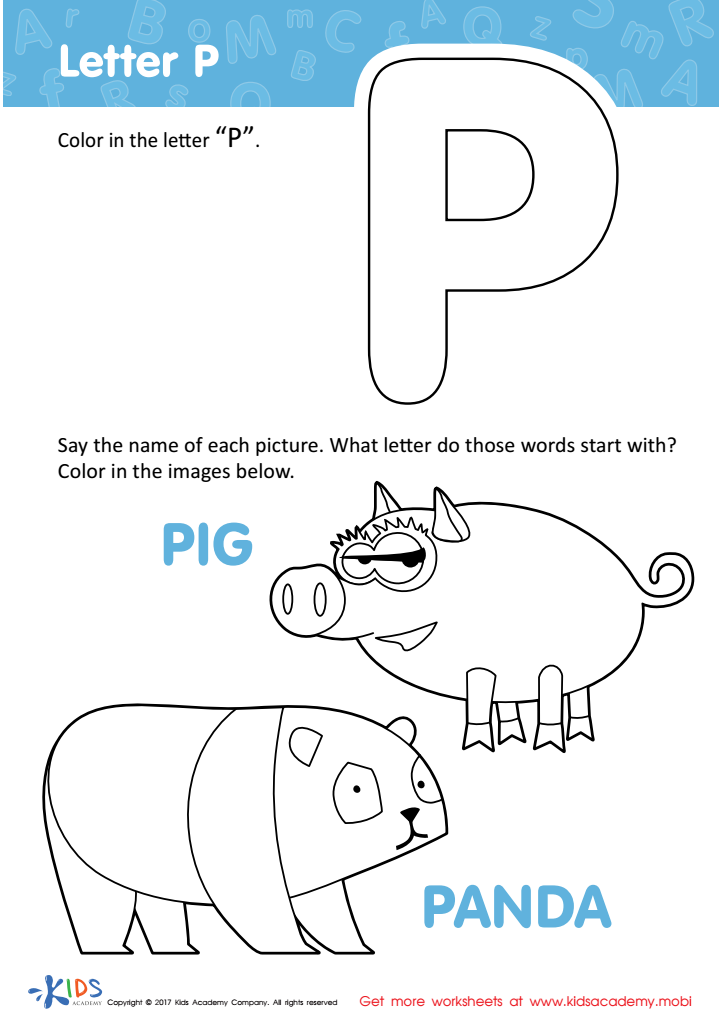

Letter P Coloring Sheet


Letter H Coloring Sheet
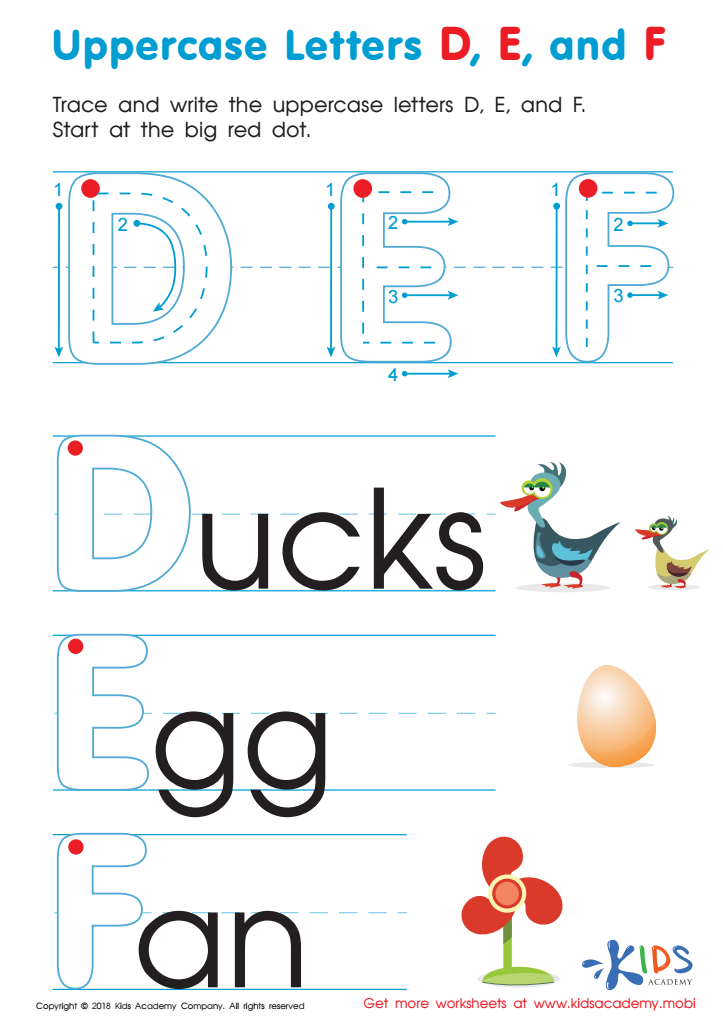

Uppercase Letters D, E, and F Worksheet
Letter tracing is an important developmental activity for children ages 3-9, and it's crucial for both parents and teachers to engage in this practice. As children learn to trace letters, they improve their fine motor skills, which are foundational for writing, drawing, and other tasks they will encounter as they grow. Letter tracing helps familiarize children with the alphabet, enhancing their recognition of letters and sounds, which are essential components of literacy.
Moreover, tracing letters with guiding lines encourages proper letter formation and directionality, which are necessary for effective handwriting. This practice also boosts a child's hand-eye coordination, leading to greater confidence in their writing abilities. When children trace letters, they develop not only cognitive skills but also a sense of accomplishment, which is important for motivating further learning.
From a psychological standpoint, the repetitive nature of tracing can be calming and provides structure, helping children practice mindfulness. For parents and teachers, incorporating letter tracing into daily routines can enhance home-school connections and create a supportive learning environment. Ultimately, letter tracing serves as a stepping stone to literacy and lays the groundwork for lifelong learning, making it a valuable activity that warrants attention and investment for children's future success.
 Assign to My Students
Assign to My Students






